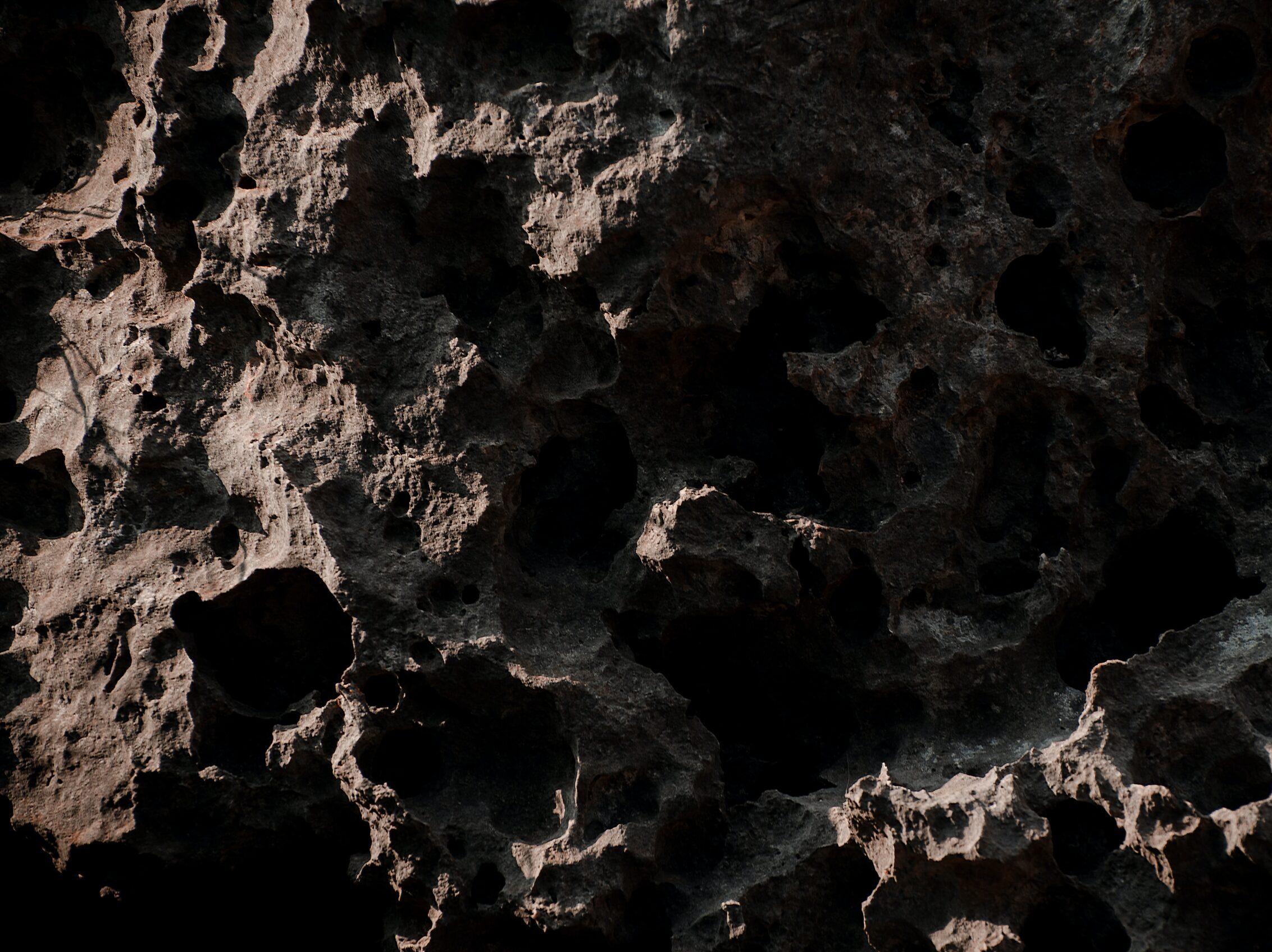11/20/2023
On October 13, 2023, NASA’s Psyche spacecraft launched from Cape Canaveral, Florida on a six-year journey to an unusual asteroid. Orbiting the Sun between Mars and Jupiter, the asteroid 16-Psyche stands apart from the rest due to its unique metal-rich composition. Asteroids tend to be rocky or icy, but 16-Psyche’s metallic nature has led scientists to believe it may be the exposed remains of an early planet’s metal core, typically found inaccessibly deep within the center of a rocky planet like Earth. Psyche offers a unique glimpse into the composition of our planet. Scientists believe Psyche will contain iron and nickel, as well as silicates, a mineral found in the Earth’s crust. Trace amounts of gold, silver, platinum, or iridium could be dissolved within the asteroid’s metals.
While Psyche is the first mission to a metal asteroid, NASA has been visiting and collecting data on all types of asteroids for decades. Returning after a seven-year journey on September 24, 2023, NASA’s OSIRIS-REx dropped off a sample of rock from asteroid Bennu, marking NASA’s first successful asteroid sample return. It is estimated that the mission was able to return over half a pound of material from the asteroid. Bennu is a “rubble-pile” asteroid, an amalgamation of rocks barely packed together by gravity. Estimated to be 4.5 billion years old, Bennu is relatively rich in organic molecules and appears to have once been in contact with water. Early studies have found that the rock samples contain water molecules locked in clay minerals rich with carbon. This suggests that collisions with asteroids in the distant past may have brought these minerals, and eventually life itself, to Earth. Another asteroid-related mission began with the launch of NASA’s Lucy spacecraft in 2021. On November 1, 2023, Lucy flew past the first of 12 different asteroids on her 12-year mission. The name Lucy refers to the fossilized remains of a human ancestor named after the 1967 Beatles song “Lucy in the Sky with Diamonds.” These three missions mark major milestones in asteroid research, a season that NASA has deemed “Asteroid Autumn.” For NASA’s Lucy, Psyche, OSIRIS- REx, the asteroids they visit, and the information they collect, are as precious as diamonds. With asteroids at the forefront, NASA can discover more about the materials out there in space and gather insights into our own planet.
“Asteroid Autumn” demonstrates the space industry’s growing investment in the resources in space. Much of the technology used in everyday life, from cellphones to cars, requires metals like cobalt, nickel, and platinum to build. Demand for these metals from the electronics industry is only rising, cobalt now costs about $33,000 per ton and nickel costs $20,000 per ton. Electric vehicles and their batteries need six times the minerals conventional cars require, while nickel is needed for solar panels and cobalt is necessary for wind turbines. A study from the Colorado School of Mines finds that metallic asteroids may contain more than a thousand times as much nickel as the Earth’s crust, as well as significant amounts of cobalt, iron, platinum, and other metals. Although the possibility of mining an asteroid is still a long way off, the Psyche mission will offer insight into the composition of the metal asteroid and OSIRIS-REx’s successful return of asteroid samples to Earth promises more to come.
Space now promises not only scientific discovery but also economic and political advantages. For example, NASA’s ambitious Artemis missions seek to build a permanent manned base on the moon. These missions would allow for mining on the moon, whose craters are potentially rich with deposits of metal oxides and reserves of silicon, titanium, aluminum, and rare earth metals. Plus, establishing a successful base on the moon would provide a considerable amount of power to the US. A base would allow the US to establish a territory, access the moon’s precious resources, launch surveillance satellites, and more.
NASA is not the only organization interested in the resources out in space. Space agencies in Japan also recently sent missions to bring back asteroid samples. China and Russia have plans in place to establish bases on the moon, and more than 80 countries now have a presence in space. Space is more accessible than ever before, thanks to innovations like SpaceX’s reusable rockets. More and more private companies are preparing to test their technology in space before venturing toward asteroids themselves. Space is now an economic and political resource up for grabs, and the race is on.

